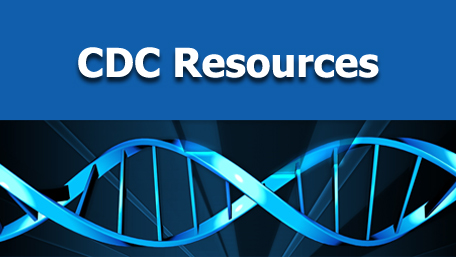Mod Pathol. 2016 Sep 9. doi: 10.1038/modpathol.2016.145. [Epub ahead of print]
Molecular determination of the clonal relationships between multiple tumors in BRCA1/2-associated breast and/or ovarian cancer patients is clinically relevant.
Geurts-Giele WR1, van Verschuer VM2, van Deurzen CH1, van Diest PJ3, Pedrosa RM1, Collée JM4, Koppert LB2, Seynaeve C5, Dinjens WN1.
Abstract
- PMID:
- 27612322
- DOI:
- 10.1038/modpathol.2016.145
- [PubMed - as supplied by publisher]
Public Health Genomics Knowledge Base (v1.2)

OVARIAN CANCER MONTH

Last Updated: Sep 15, 2016
- In honor of Ovarian Cancer Awareness Month
G Hurst, Cure today, Sepetember 2016 - Molecular determination of the clonal relationships between multiple tumors in BRCA1/2-associated breast and/or ovarian cancer patients is clinically relevant.
Geurts-Giele Willemina R R, et al. Modern pathology : an official journal of the United States and Canadian Academy of Pathology, Inc 2016 9 - Finding all BRCA pathogenic mutation carriers: best practice models.
Hoogerbrugge Nicoline et al. European journal of human genetics : EJHG 2016 Sep S19-26 - Detection of ATM germline variants by the p53 mitotic centrosomal localization test in BRCA1/2-negative patients with early-onset breast cancer.
Prodosmo Andrea, et al. Journal of experimental & clinical cancer research : CR 2016 0 (1) 135 - Functional mechanisms underlying pleiotropic risk alleles at the 19p13.1 breast-ovarian cancer susceptibility locus.
Lawrenson Kate, et al. Nature communications 2016 0 12675 - The significance of c.690G>T polymorphism (rs34529039) and expression of the CEBPA gene in ovarian cancer outcome.
Konopka Bozena, et al. Oncotarget 2016 9 - BRCA testing within the Department of Veterans Affairs: concordance with clinical practice guidelines.
Chun Danielle S et al. Familial cancer 2016 Sep - Association between polymorphisms in xenobiotic detoxification-related genes with prognosis of epithelial ovarian cancer.
Carron Juliana, et al. Medical oncology (Northwood, London, England) 2016 10 (10) 112 - Low-grade serous ovarian cancer: A review.
Kaldawy Anis, et al. Gynecologic oncology 2016 8 - Ready to clone: CNV detection and breakpoint fine-mapping in breast and ovarian cancer susceptibility genes by high-resolution array CGH.
Hackmann Karl, et al. Breast cancer research and treatment 2016 8 - Association between BHMT gene rs3733890 polymorphism and cancer risk: evidence from a meta-analysis.
Xu Yue, et al. OncoTargets and therapy 2016 0 5225-33 - Causes of Cancer Death Among First-Degree Relatives in Japanese Families with Lynch Syndrome.
Tanakaya Kohji et al. Anticancer research 2016 Apr 36(4) 1985-9 - High prevalence and predominance of BRCA1 germline mutations in Pakistani triple-negative breast cancer patients.
Rashid Muhammad Usman, et al. BMC cancer 2016 0 (1) 673 - Implementation of next-generation sequencing for molecular diagnosis of hereditary breast and ovarian cancer highlights its genetic heterogeneity.
Pinto Pedro, et al. Breast cancer research and treatment 2016 8 - All women with ovarian cancer should be offered genetic testing – so why aren’t they?
E Smith, Science Blogs, August 17, 2016


- Human (52)
- Pathogen (0)

- Human (1497)
- Pathogen (0)

- Human (226)
- Pathogen (0)


- Huamn (112)
- Pathogen (0)






















.png)











No hay comentarios:
Publicar un comentario